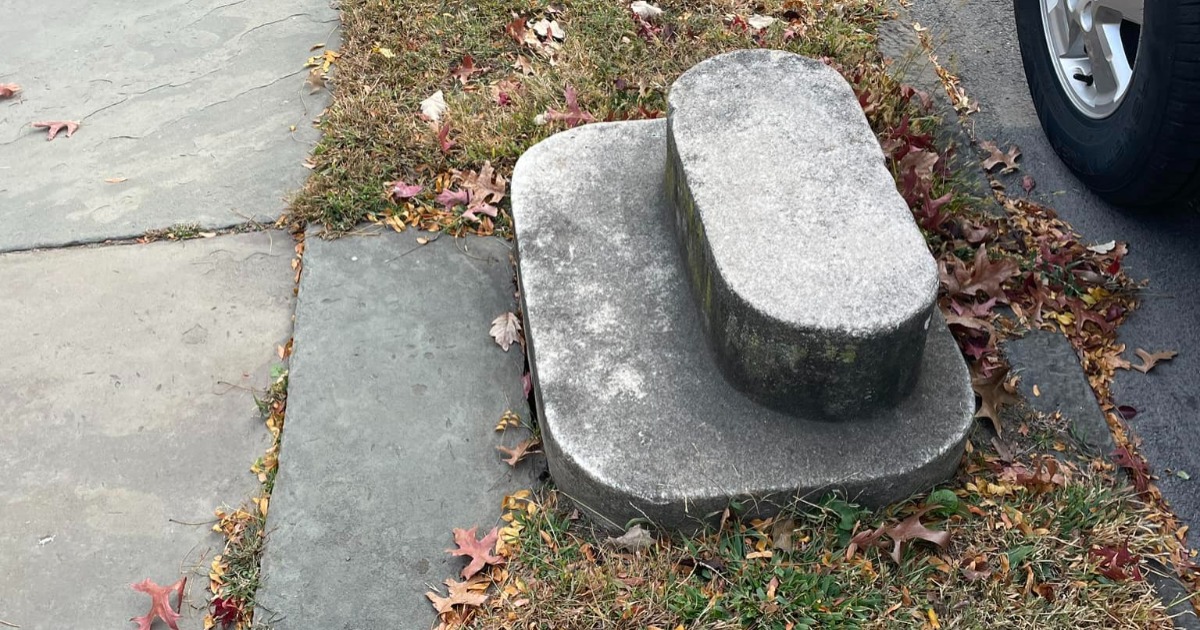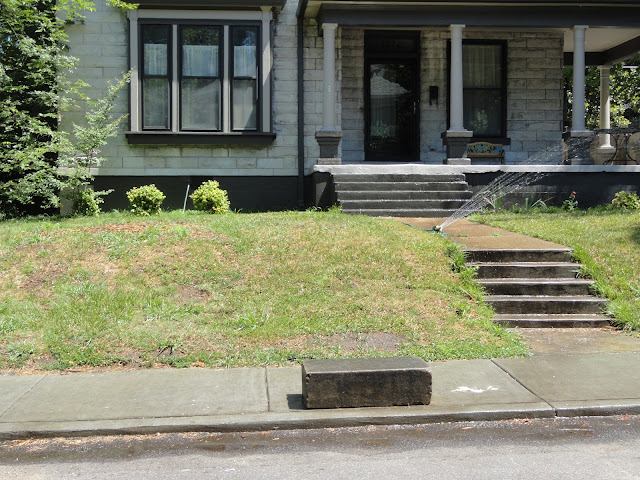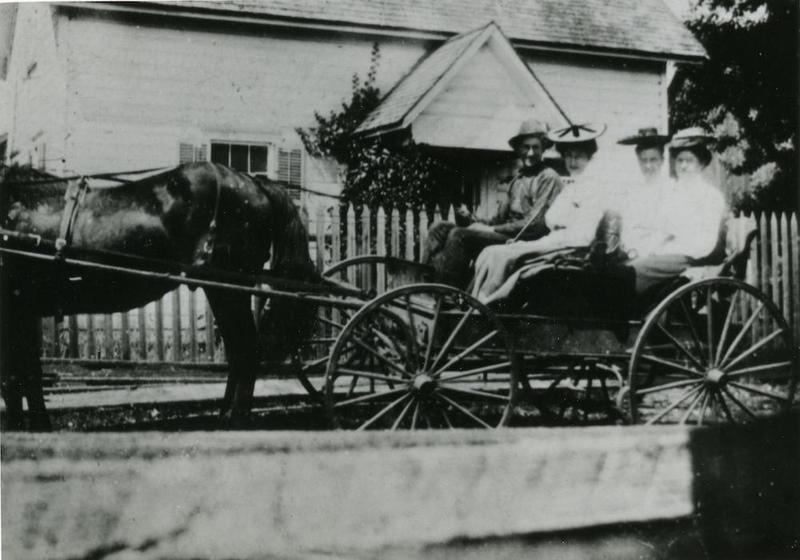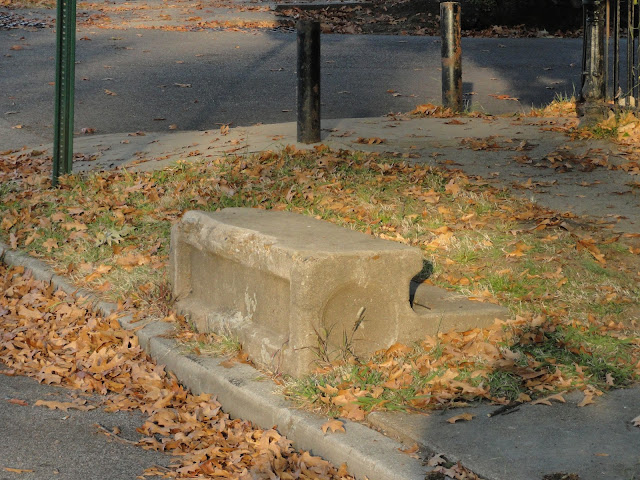Not Just a Rock—Discover the Historical Purpose of These Sidewalk Oddities

Imagine walking down a quiet, tree-lined street in your neighborhood, the kind where the sidewalks are uneven, worn with history, and every house has a story to tell. You’re strolling along, perhaps with a hot cup of coffee in hand, when you notice an old stone step nestled right next to the curb. It’s a curious sight, worn and smooth from years of weathering. For a moment, you’re transported back in time, imagining horse-drawn carriages clattering down this very street, and people using this unassuming block of stone to dismount from their carriages.
These relics, known as carriage steps or stumbling blocks, were once as essential as the modern-day curb ramp or bike lane. They are vestiges of a time when transportation meant hooves and wheels, not engines and exhaust. Today, they’re often overlooked, or mistaken for simple stones or curious obstacles dotting the sidewalks. Yet, these small structures have their own stories and served an essential function in communities long ago.
In the 1800s and early 1900s, when horses ruled the roads, getting in and out of carriages could be a tricky business. Carriages sat high off the ground, making it a bit of a feat for ladies in long skirts or gentlemen in formal attire to disembark gracefully. Enter the carriage step—a humble, yet elegant solution. Placed close to the street, these steps allowed passengers to get out of their carriages or off their horses without the risk of a less-than-dignified descent. They were often placed near important locations, such as town halls, churches, and, sometimes, in front of private homes.

This simple addition to the streetscape wasn’t just practical; it also reflected the community’s commitment to creating a safer, more accessible environment for all. The existence of carriage steps speaks to the thoughtfulness and intentional design of past urban planning. It’s as if each one of these steps whispers, “We cared about making things just a bit easier for each other.”
The carriage step is more than just a piece of stone. It’s a symbol of a time when life moved at a slower pace. In those days, traveling across town could take a good part of the day, and people relied on horses not just for transport but for companionship. Carriage steps represented a societal norm where people took the time to ensure comfort and dignity in their daily lives.
In some communities, carriage steps also signaled a family’s status. A well-placed, beautifully carved step in front of a home was a sign of prosperity. It meant the household owned a carriage or at least expected visitors who traveled in one. For many families, the carriage step was one of the first signs that guests had “arrived” even before they reached the front door.

Today, as we zoom by in our cars or hustle down the street with smartphones in hand, it’s easy to overlook these small markers of the past. But these stumbling blocks and carriage steps still have much to teach us. They are reminders of a more intentional, community-centered way of life. They connect us to a time when transportation was a social event, and every trip to town was a chance to connect with neighbors, shopkeepers, and passersby.
Preserving these steps honors the ingenuity and resourcefulness of our predecessors. Each carriage step we encounter on a modern sidewalk represents a bridge to another era—a time when transportation was slower, perhaps, but also more interconnected with the rhythm of everyday life. These steps ask us to remember, even briefly, the people who once walked these streets in a different kind of footwear, navigating a world of cobblestones and dirt roads, not asphalt and crosswalks.

So, next time you spot a humble stone block by the side of the road, give it a second look. Imagine the world it once served, the people who once stepped up and down, the conversations that were held right beside it. In its own quiet way, it has witnessed the transformation of our streets and our lives. In preserving and appreciating these relics, we keep alive not just pieces of stone, but pieces of our shared history, connecting past and present in the most charmingly unexpected places.


